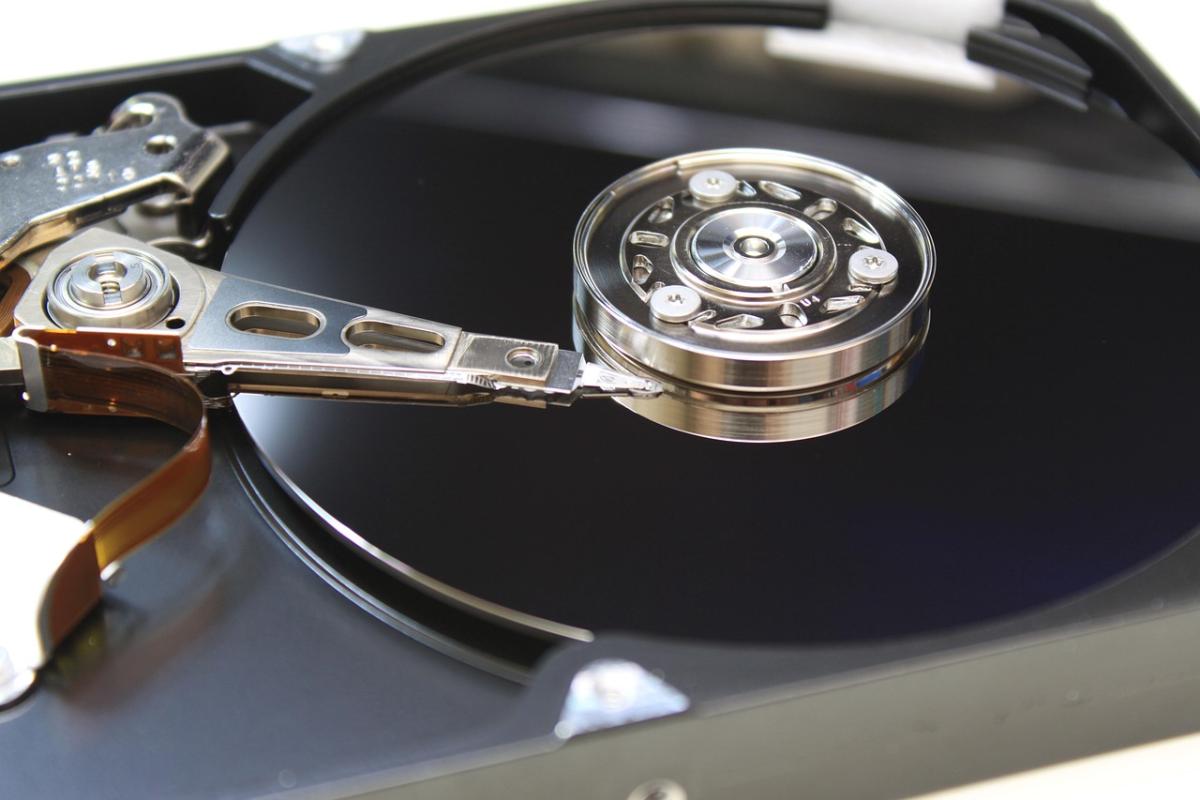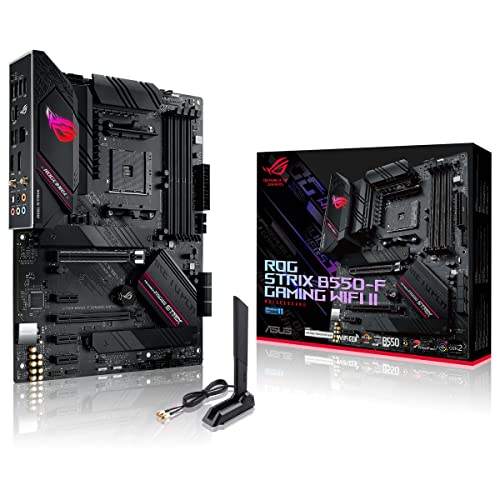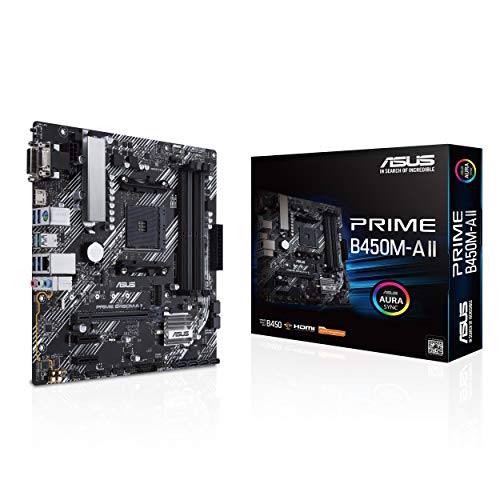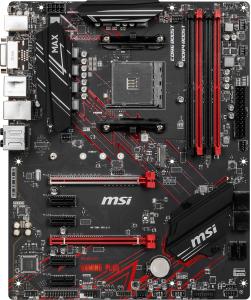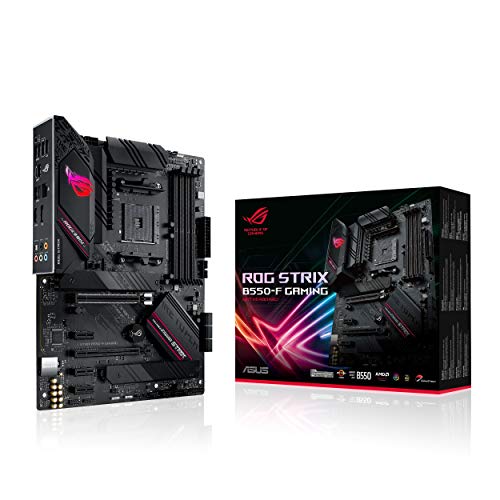Redundant power supply systems provide an extra layer of reliability in high performance PC builds by ensuring that critical components continue to receive stable power even if one supply fails. This approach is particularly valuable in systems where uptime and data integrity are paramount.
Integrate dual power supplies or use power supply units (PSUs) with redundant features designed for enterprise or high‑end desktops. Redundant configurations often involve sharing loads between two PSUs, ensuring that if one unit experiences a fault, the other seamlessly maintains operation. Careful planning of load distribution and monitoring of each unit’s performance is essential for system resilience.
Redundancy significantly minimizes downtime, protects against unexpected power failures, and improves overall system reliability. While these setups may increase upfront costs, the long‑term benefits in stability and data security for mission‑critical environments outweigh the investment. Regular monitoring and maintenance of both power supplies ensure continuous operation.
Enhancing system resilience with redundant power supply systems is an effective way to safeguard high performance PCs against unexpected failures. With proper planning, installation, and monitoring, you can secure the reliability of your build and ensure uninterrupted operation even under the most demanding conditions.
Comprehensive Guide to Redundant Power Supply Systems for High-Performance PCs
Ensure uninterrupted power and system resilience with dual PSU configurations and redundancy strategies.
Introduction
Redundant power supply systems elevate a high-performance PC build’s reliability by ensuring uninterrupted power delivery even if one unit fails. In mission-critical environments—such as video editing suites, scientific workstations, or home labs—power redundancy safeguards uptime and protects data integrity. This guide explores every facet of implementing and optimizing redundant PSUs, from selecting hardware to monitoring load distribution.
Why Redundant Power Supplies Matter
- Continuous operation during PSU faults or maintenance
- Enhanced protection against brownouts and blackouts
- Reduced risk of data loss and hardware damage
- Peace of mind in enterprise and creative workloads
Types of Power Redundancy Configurations
Dual Independent Power Supplies
Two standalone PSUs share the power load equally or by ratio, ensuring backup if one fails.
N+1 Redundancy Modules
One extra PSU beyond the required number ensures failover without interruption.
Hot-Swap Redundant PSUs
Common in servers, these allow PSU replacement without powering down the system.
Planning and Selecting Redundant PSUs
- Calculate total system wattage and add 20–30% headroom.
- Choose 80+ Gold or Platinum units with digital monitoring.
- Ensure support for load sharing and modular design.
| Feature | Description |
|---|---|
| Efficiency Rating | Minimizes wasted heat and improves reliability |
| Redundancy Support | Built-in load-sharing and fault alarms |
| Hot-Swap Capability | Replace PSU without shutting down |
| Digital Monitoring | Track voltage, current, and temperature in real time |
Implementing a Dual-PSU Setup
- Install a secondary PSU bracket or use a dual-PSU case.
- Use power splitters or redundancy modules for load sharing.
- Balance load between PSUs using software or hardware controls.
- Test failover by disconnecting one PSU under load.
Monitoring and Maintenance
- Use software like Corsair Link or EVGA ECO Mode for telemetry.
- Schedule quarterly failover drills.
- Inspect PSU fans and connectors every six months.
- Update firmware for improved fault detection.
Benefits vs. Considerations
| Benefit | Consideration |
|---|---|
| Near-zero downtime | Higher upfront cost |
| Protection against PSU failure | Increased wiring complexity |
| Improved data integrity | Efficiency loss under light loads |
| Hot-swap maintenance | Requires compatible chassis |
Real-World Use Cases
- Video Editing Suites: Prevent rendering interruptions.
- Data Analysis Clusters: Ensure uninterrupted compute workloads.
- Home Labs: Maintain uptime during hardware servicing.
Troubleshooting Common Issues
- Uneven Load Sharing: Rebalance via software or trim pins.
- Fan Noise Resonance: Adjust fan curves independently.
- False Fault Alarms: Update firmware and recalibrate thresholds.
- Fitment Problems: Measure clearance and use modding guides.
Best Practices for Long-Term Reliability
- Document PSU configuration and test results.
- Label AC inputs and DC connectors clearly.
- Use a UPS upstream for grid protection.
- Review redundancy strategy with each major upgrade.
Frequently Asked Questions
- Is dual-PSU redundancy overkill for gaming PCs?
- It’s most useful for uptime-critical systems; gamers may prefer a single high-quality PSU with UPS backup.
- Can any case support two PSUs?
- Most require modification or special brackets; look for dual-PSU compatible cases.
- How do I detect PSU failure?
- Monitoring tools and failover tests confirm PSU health and redundancy.
- Do redundant PSUs share warranties?
- No, each PSU has its own warranty—keep records for service claims.
Conclusion
Integrating redundant power supplies into a high-performance PC build dramatically boosts system resilience, safeguards data, and minimizes downtime. With proper planning, compatible hardware, and routine monitoring, you can ensure uninterrupted operation and long-term reliability—even under demanding conditions.
